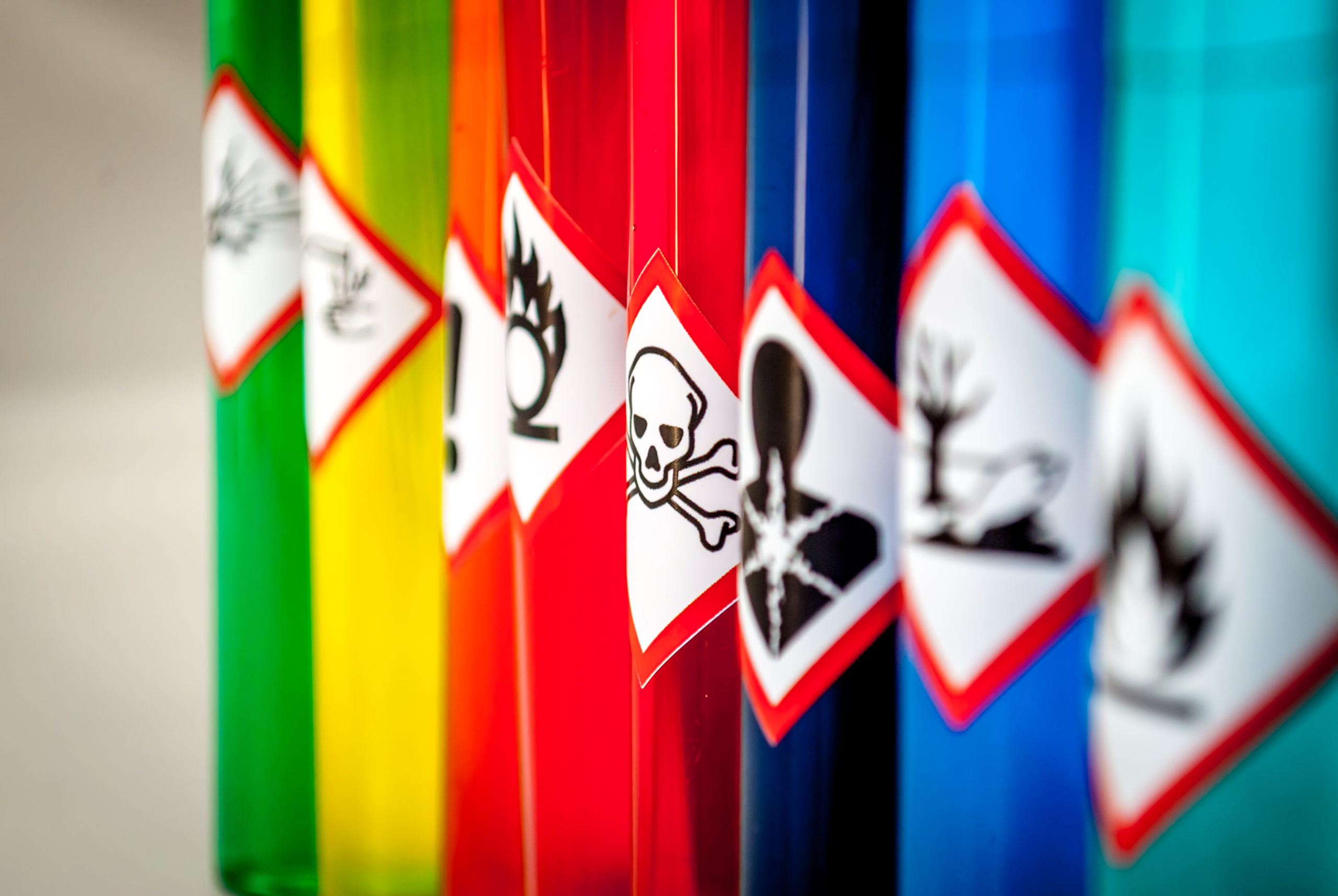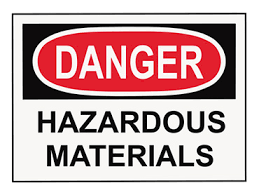The goal of this lesson is for employees to recognize and understand how to identify chemical hazards using the GHS international classification of chemical hazards, label elements, and Safety Data Sheets. This lesson does not address the use of labels, markings or other communication methods that are employer or facility-specific and not within the scope of this lesson.
HAZCOM Overview
$24.15
Description
Learning Objectives
- Recognize the purpose and importance of a hazard communication program
- Recognize common physical and health hazards associated with hazardous chemicals
- Identify chemicals and their hazards, through labeling, markings, pictograms, and warning practices
- Identify the purpose and components of a Safety Data Sheet
The goal of this lesson is for employees to recognize and understand how to identify chemical hazards using the GHS international classification of chemical hazards, label elements, and Safety Data Sheets. This lesson does not address the use of labels, markings or other communication methods that are employer or facility-specific and not within the scope of this lesson.
According to the Occupational Safety & Health Administration (OSHA), the Globally Harmonized System (GHS) covers over 43 million workers who produce or handle hazardous chemicals in more than 5 million workplaces across the country. The GHS is estimated to prevent over 500 workplace injuries and illnesses and 43 fatalities annually, and result in cost savings to American businesses of more than $475 million in productivity improvements, fewer safety data sheet and label updates, and simpler new hazard communication training.
The purpose of the globally harmonized system (GHS) is to standardize how we communicate about chemical hazards in the workplace. OSHA has adapted its Hazard Communication Standard to align with the globally harmonized system.
The Hazard Communication Standard identifies these categories of physical hazards; flammables, explosives, reactives, corrosives, oxidizers, and gases under pressure.
Industrial businesses are required to have a written hazard communication program and to provide workers with additional training regarding site-specific chemicals.
The core of your company’s hazard communication program should consist of three key areas: Chemical Inventories and Safety Data Sheets (SDS); Labels and Warnings; Hazards Training
Not all training is equal. With SafetyNow, learners and leaders will notice the difference in value:
- Quality: Professionally-researched and designed using the latest mobile and responsive technologies
- Convenience: Works instantly on any device, desktop or mobile
- Time savings: What learners need to know, not extra fluff or legalese
- Reporting: Consistent, instant compliance records available anytime
- Support: Customer and learner support included at no charge
- Any Learning Management System (LMS) Use with any SCORM, AICC, xAPI, TinCan, HTML5, or other LMS (learning management system).
- Any Device Desktop, laptop, tablet, or mobile phone – it simply works, everywhere.
- Engaging Professionally-developed, including an on-screen host and modern, easy-to-understand text, media, and voiceovers.
- Unlimited Attempts Each module can be taken as many times as required to get a passing grade. Unlike our competitor’s courses, if you get an answer wrong, you are redirected to the exact eLearning segment you struggled with… you don’t need to go through the entire module again, just the one part you need a refresher on.
Only logged in customers who have purchased this product may leave a review.













Reviews
There are no reviews yet.